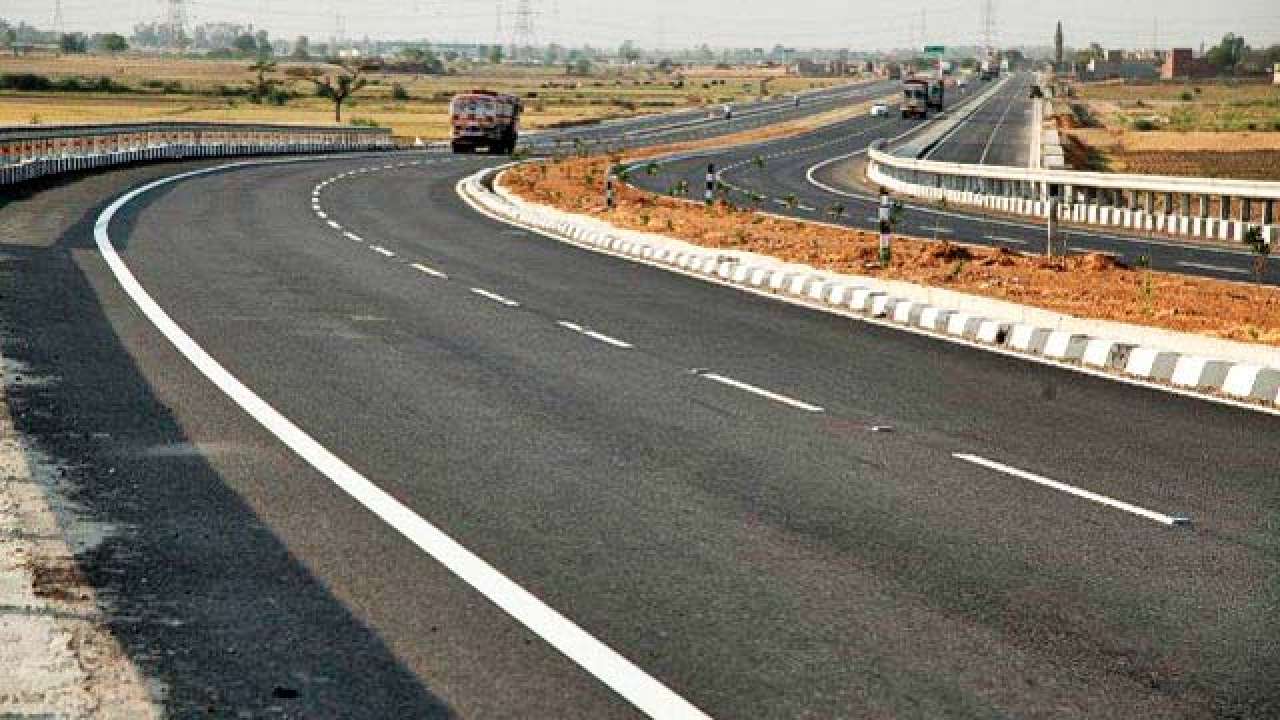
I have just driven across the first "druta-gati marga" of our state, the erstwhile National Express Highway 1. As a car aficionado, I have fond memories of long and empty stretches of this legendary road that had allowed me to unlawfully breach 100-mile barrier in its (and my) heydays. It was a fine road and still is, at least as an engineering feat, but at the end of this journey, I feel as if I have played an extended game of Russian roulette. As writing is my chosen poison to settle frayed nerves, I plan to muse over the great Indian tryst with public systems.
I am piqued a bit as I have paid more than a Rupee a Kilometre by falling for the false promise that this expressway will allow me to smoothly travel at 100 Km per hour; while the reality is, if I had attempted to enjoy that franchise, my dear editor would have needed to replace my column with my obituary.
In the course of this entire journey I encountered a plethora of multi-axle trucks incapable of driving above 40 KMpH, GSRTC buses not allowed to travel fast and various other slow-moving vehicles moving in the fastest lane almost every second minute of the journey. I saw not a single fast-moving car getting or giving a "side" and saw no overtaking that was done from the right.
While the driving experience was made from the same stuff that nightmares of "Fast and Furious" director (provided he is in the middle of making its final episode where everyone dies), I don't think anyone in-charge of the road seems to take iota of cognisance of this absurd lawless recipe for disaster for a simple reason. In India, once we make a public infrastructure or a system, we wash our hands off it completely. We never see the need to study if design premises about its functioning stand up to the scrutiny of real life. So, if we make an expressway, expressway it shall eternally be, even if a sloth travelling in the Amazonian forest can move faster than a car on it.
An expressway is designed around the premise that slow-moving vehicles won't ply on it, and surely not in the fastest lane. When such a basic design premise gets violated, either due to the greed or ignorance, it is impossible for a system to function normally.
The result is complete chaos, in this case causing an average of one death a day, and whoever has permitted these slow-moving monsters and is not taking measure to enforce that they stay in slow lane is guilty of causing these deaths.
Be it an express highway or any other system, a constant review and feedback-based correction is the only way to keep it contributing. We need to realise that the wheels of a public system in India are huge. If they grind the wrong way, they can be devastating. It is scary to realise that this express highway is an express route to death for some due to simple and completely preventable departure from design premise, but scarier to realise is that there is no systemic process to review it. This means that we can make massive errors that may become glaringly evident, but we will never bother to correct them.
Samir Shukla, City-based science nomad who tries to find definitive answers
samir.shukla@icloud.com